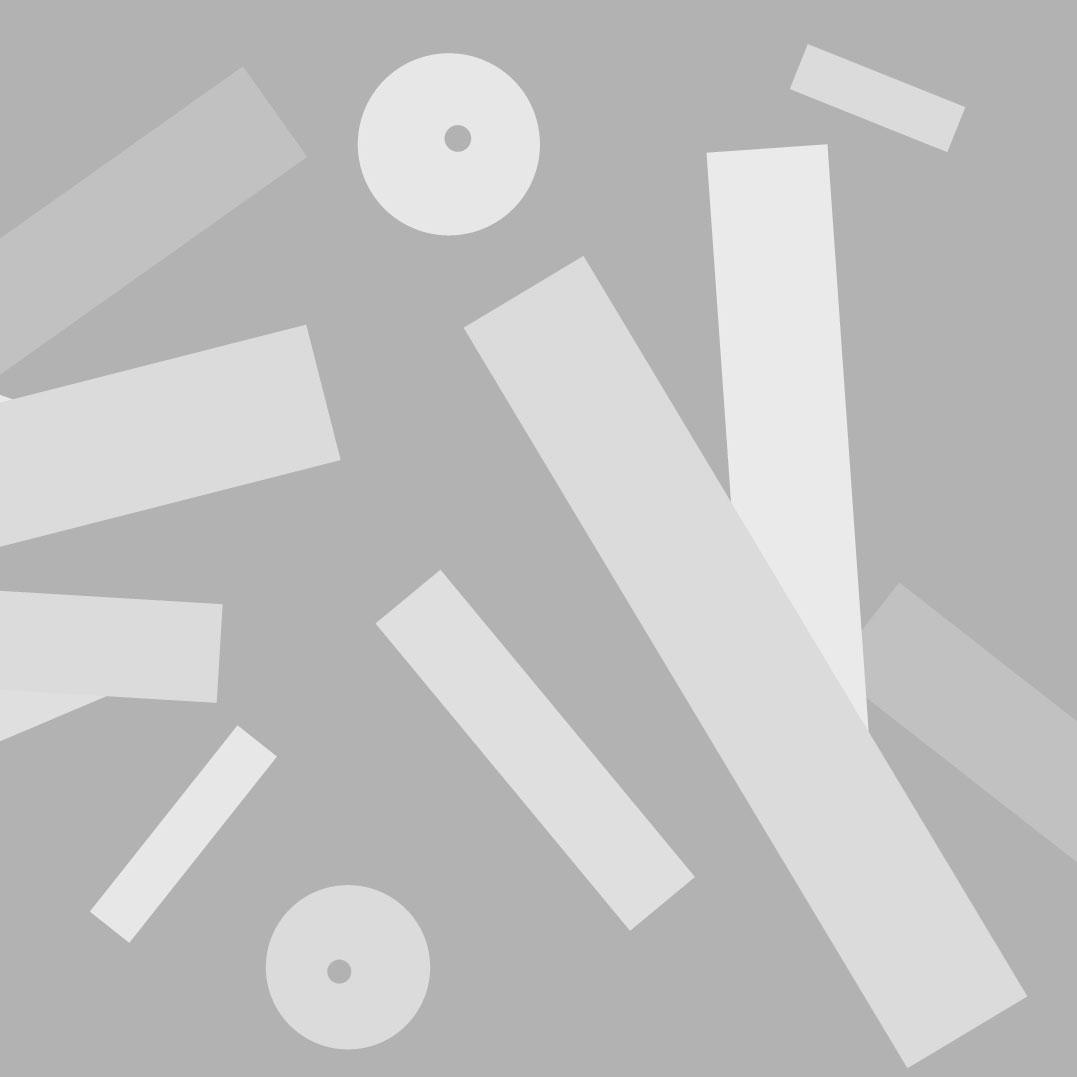“A lot of my choreography over the past 20 years has been inspired by Phil’s music, and I confess I am one of his biggest fans! I have choreographed to a wide range of scores, from landmarks like Music in Twelve Parts to more recent works like Dreaming Awake. I started listening to Phil’s music during my daily practice and immediately found myself inventing new movements in the wake of those notes. In the early stages, my work is very free: the movements come out completely spontaneously. I continue to immerse myself in the music, looking for the emotional leitmotif of the composition, playing with the rhythmic structure and chasing the moments when the dance manages to capture particular accents or anticipate the moves of the music. Sometimes, I work with a video camera, trying to combine the scenes with the dance and find the right movements. In a second moment, the environment in which the show will take place is divided into spatial zones, and – when it comes to spatial concepts – the purpose of the dance becomes clear. The dance phrases are then memorized and performed in real time. Once the spatial, rhythmic and dynamic aspects are defined, the link between dance and music is sealed.” Molissa Fenley
“I played with Philip only once, a few months ago, in a small town in Sicily, a place from a black and white film, somewhere between spaghetti western and Italian comedy. An informal situation and hellish heat… We arrived from different locations and from individual concerts, bringing with us a few grams of music for a rough program agreed by email a few days before. The formula, given the limited time available for rehearsals, was that of a concert in three parts; two short solos (first Phil and then me) and a moment – conclusive but substantial – in duo, consisting of works by both, original or rethought for this ensemble.
The idea worked… The cello and piano duo formation is certainly not new… but it becomes something else if it is made up of two composers/performers or two composers who love to “get their hands dirty” on an instrument…
We said to each other that, over time, we would try to compress the two “single” parts of the program more and more in order to dialogue as a duo for the entire duration of the concert. Over time…
I met Philip in the mid-nineties (more or less during the period of his Cocteau trilogy). Then, between 1997 and 1998, I lived in New York where, among other things (I also founded my own Band), I recorded Aquilarco (produced by him for Point Music).
I don’t want to say much about affinities or aesthetic concepts or anything else, a subject of conversation or exchange of ideas with Phil: I believe and hope that you can feel something by hearing us. The experiences and research (limited and little more than “regional” if not provincial mine…), although conducted according to different methods, times, periods and places, are similar. And then, a slight form of idiosyncrasy towards certain academic music, the strong influence that a good part of what gravitates outside the Western world exercises (I am keeping it general), and a great curiosity (even selective, in some cases…) towards any sound phenomenon.
I like to juxtapose three or four of my pieces with Glass’s solo piano works: a movement from Concerto rotondo – born from a one-hour work from 1998 entitled I Canti and inspired by sacred and profane, metropolitan and rural rituals from the Mediterranean area –, a movement from J. Beuys Song – a work commissioned by the Venice Biennale in 2001 and composed for a choreography by Carolyn Carlson, inspired by a text by Joseph Beuys in which the author rediscovers the miracle of life and reproduction and protests against man’s indifference, a sort of ode to nature: the air, the trees, the earth –, perhaps something from the very recent Natural Songbook (2006) – built on simple natural elements of sound, harmony, devoid of muscular contractions or even minor tonalities – and D-Raga, for cello and piano, dedicated to Philip Glass and built in a circular and centrifugal way around a single idea/pivot. Returning to the composer who “gets his hands dirty”, I like the idea and – at least as far as I’m concerned – it helps me, I find it a very artisanal way of thinking and proceeding right from the beginning of the compositional act (I compose on the cello even if I write for piano), in which the notes, from the head, rest on the instrument to finally settle on the pentagram. The instrument itself represents – always for me, obviously – a test and, at the same time, a sort of immediate “physical translation” and antidote to cerebral complications… I like playing with Philip who is a composer who plays”. Giovanni Sollima
